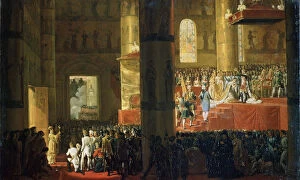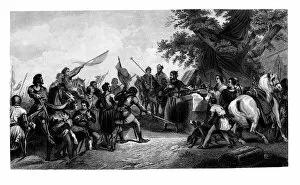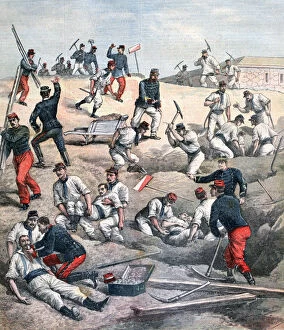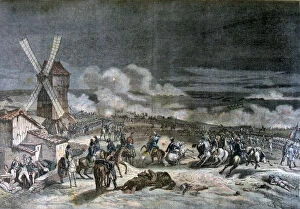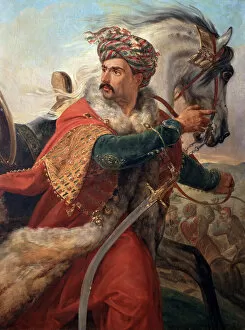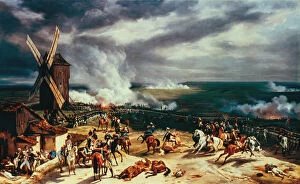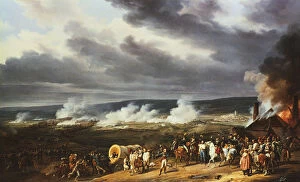Horace Vernet Collection (#5)
Horace Vernet, a renowned 19th-century French artist, left an indelible mark on the art world with his captivating and diverse works
For sale as Licensed Images
Choose your image, Select your licence and Download the media
Horace Vernet, a renowned 19th-century French artist, left an indelible mark on the art world with his captivating and diverse works. Born on June 30, 1789, in Paris, Vernet's artistic talent blossomed at a young age. His exceptional skills allowed him to paint various subjects ranging from historical events to portraits. One of his notable paintings is "Napoleon on his Deathbed, " created in May 1821. This poignant piece captures the final moments of the iconic leader's life, showcasing Vernet's ability to convey deep emotions through brushstrokes. In contrast to this somber scene is "Napoleon I hunting in Fontainebleau forest" from 1812. Here, Vernet depicts Napoleon during a moment of leisure and power as he embarks on a hunting expedition. The vibrant colors and meticulous details bring the lively atmosphere of the forest to life. Vernet also excelled at portraiture as seen in "Portrait of Filippo Agricola" painted around 1820. With masterful technique and precision, he immortalizes Agricola's likeness on canvas, capturing both physical features and inner essence. Not only did Vernet showcase his talent through painting individuals but also animals like in "Head of an Arab horse. " Created between 1840-50, this oil-on-canvas artwork showcases his ability to capture the grace and strength inherent in these majestic creatures. Throughout his career, Vernet continued honing his craft while leaving behind numerous remarkable pieces such as "The Studio (Interieur d'un Atelier)" from 1824. This painting offers us a glimpse into the artist's creative space—a sanctuary where imagination flourishes. Vernet was not limited by subject matter or style; he explored different genres with equal mastery.

